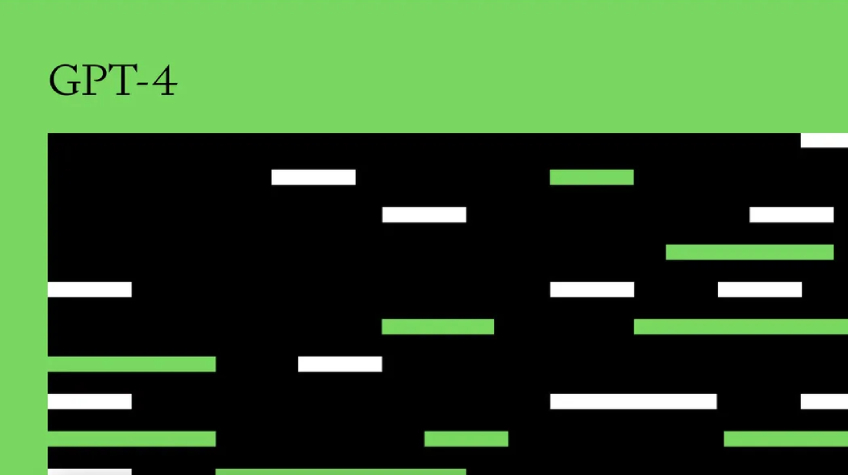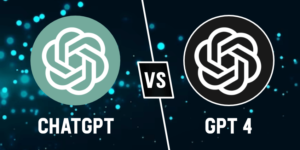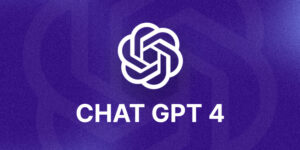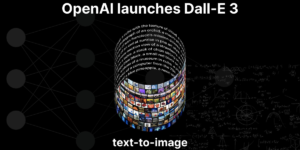
OpenAI unveils the most recent version of their computer software for natural language processing, GPT-4. This program is what drives ChatGPT, the widely touted chatbot with a user base that is quickly expanding.
OpenAI, the artificial intelligence (AI) Research Company revealed the new large language model in a blog post, claiming that it will have improved features in comparison to its predecessor, GPT-3.5.
GPT-4 is now available in ChatGPT and Bing. OpenAI tested the model using multiple benchmarks, including computer simulations of trials created for humans and found that GPT-4 outperformed other large language models by a significant margin.
Recently, the CTO of Microsoft Germany, Andreas Braun, revealed about OpenAI’s plan to launch GPT-4. And now, OpenAI is here with it to impress its audience one more time after the release of ChatGPT in the month of November 2022.
Deep learning algorithms, or NLP software, are what make large language models capable of producing human-like responses to inquiries. ChatGPT’s versatility means that it may be used for more than just question-answering. Users can also commission it to create marketing copy, resumes, and even news articles.
Currently, the most common application of chatbots in business is automated response systems for customers.
However, the new GPT-4 large language model will be distinct from its predecessors. It is supposedly designed to provide much more than what GPT-3.5 could do since it’s prepared for LLM fine-tuning. It is designed as a “multimodal system.” This system is able to analyze not only text but also images, video, and audio in addition to traditional text.
OpenAI’s GPT-4 demonstrates human-level performance on a variety of professional and academic criteria. It is a big multimodal model that can take inputs in the form of images and text and produce outputs in the form of text.
On Twitter, OpenAI CEO Sam Altman referred to GPT-4 as the company’s “most capable and aligned” model with human values and intent while also noting that “it is still defective.”
GPT-4 Features
If we talk about GPT-4’s capability, then it is far more capable than its predecessor, the GPT-3.5, particularly in terms of reliability, originality, and the ability to handle instructions with delicacy.
Moreover, it functions quite well in languages than English, including low-resource languages such as Swahili, Welsh, and Latvian.
GPT-4 is able to take input in the form of text as well as images. Also, it is able to generate text outputs based on inputs that contain both text and images.
The visual input capacity of the model is now in the research preview stage; nonetheless, it has demonstrated capabilities that are comparable to those of text-only inputs.
Steerability is only one of many aspects of artificial intelligence that OpenAI has been hard at work on, as stated in its post describing AI behavior.
It will allow developers to dictate the behavior and tasks of their artificial intelligence just by expressing the instructions in the “system” message.
Also, under certain parameters, API users would be to tailor their users’ experiences to meet their specific needs.
GPT-4 is 82% less likely to react to requests for restricted content than its forerunner and 40% more accurate on several fact-checking measures. Many artificial intelligence systems have struggled with “hallucinations” or inaccurate replies.
Reports suggest that Microsoft can benefit significantly from the adoption of GPT-4. In addition to incorporating OpenAI’s cutting-edge tech into its own offerings, Microsoft is also supporting OpenAI usage through its Azure cloud, precisely as cost-conscious enterprises are scrutinizing their IT expenditures in light of the uncertain economic climate.
Overall, GPT-4 will have far-reaching impacts due to its near-human performance across a range of academic and professional benchmarks.
Related Post: How Can You Use ChatGPT For Your Small Business?






